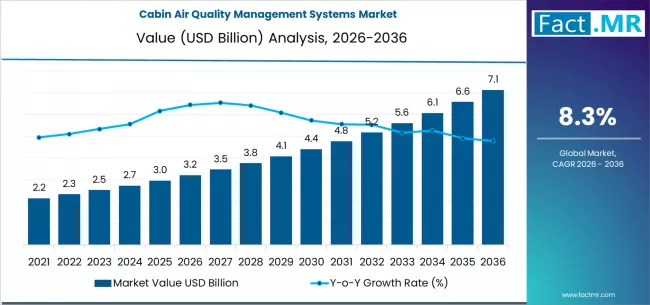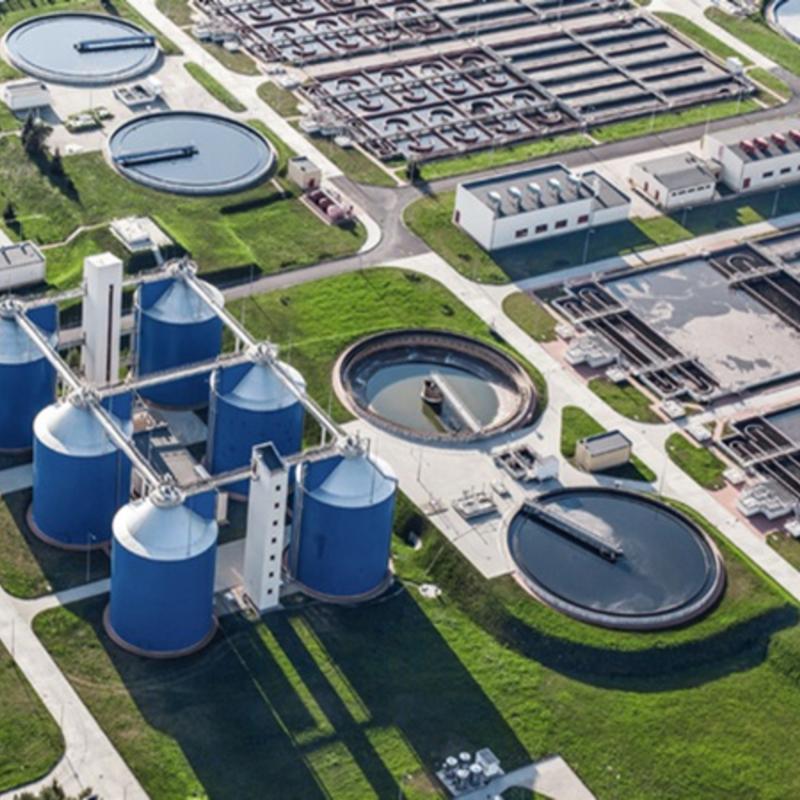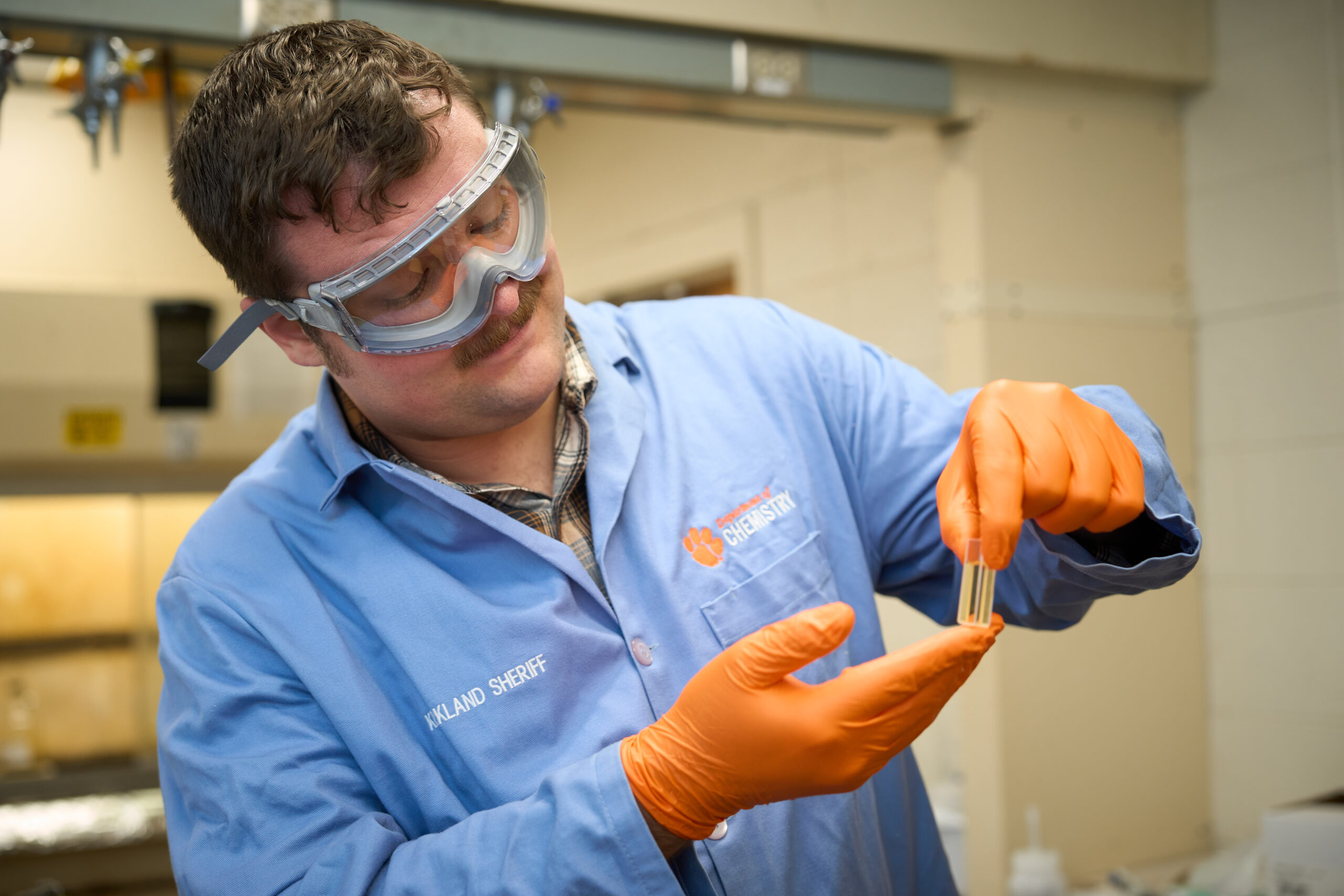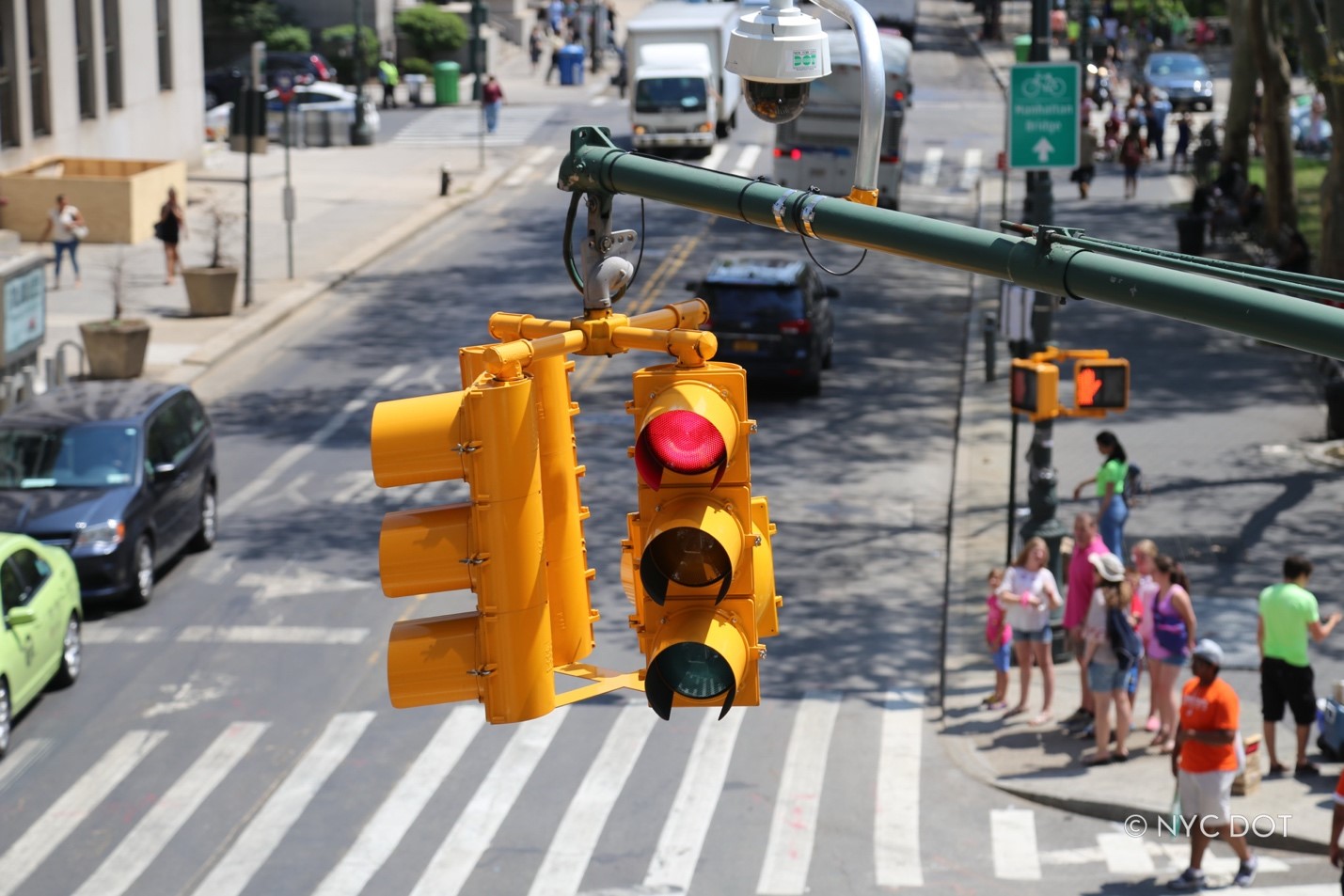The Toll of Climate Disasters is Rising. But a U.S. Report Has Good News, Too.
The federal government recently released a new report, the National Climate Assessment, which is a compilation of scientific evidence that depicts the implications of what climate change could mean for America, and how Americans are responding. Just this year alone, the U.S. has experienced a record 25-billion dollars worth of weather disasters, many of which were caused or worsened by climate change. Furthermore, climate change is drastically threatening the health and well-being of Americans across the country as more intense wildfires sweep the West, droughts span the Great Plains, and stronger more frequent hurricanes plague the Atlantic. Furthermore, most industries and businesses are responding too sluggishly to the imminent threat posed by climate change. However, the good news is that in response to report, the Biden administration has announced the allocation of $6 billion to help strengthen and prepare the grid for an electric future, aid in the transition to carbon free energy, protect communities from the impacts of climate change, and to develop stronger water reliability for states in the West.

A major government assessment lays out both the far-reaching perils of global warming and the cost-effective fixes that are available today.
The food we eat and the roads we drive on. Our health and safety. Our cultural heritage, natural environments and economic flourishing. Nearly every cherished aspect of American life is under growing threat from climate change and it is effectively too late to prevent many of the harms from worsening over the next decade, a major report from the federal government has concluded.
Global warming caused by human activities — mostly the burning of oil, gas and coal — is raising average temperatures in the United States more quickly than it is across the rest of the planet. The report issued Tuesday, the National Climate Assessment, is the government’s premier compilation of scientific knowledge on what this means for the country and how Americans are responding.
“Too many people still think of climate change as an issue that’s distant from us in space or time or relevance,” said Katharine Hayhoe, an atmospheric scientist at Texas Tech University who contributed to the report. The new assessment, the fifth of its kind, shows “how climate change is affecting us here, in the places where we live, both now and in the future,” she said.
Human-driven warming is intensifying wildfires in the West, droughts in the Great Plains and heat waves coast to coast. It is causing hurricanes to strengthen more quickly in the Atlantic and loading storms of all kinds with more rain. So far this year, the nation has experienced a record 25 billion-dollar weather disasters, many of them exacerbated by the hotter climate.
“We’re sharing this report in detail with the American people so they know exactly what you’re facing,” said Mr. Biden, who sought to draw a distinction with his predecessor and likely challenger in the 2024 presidential election, Donald J. Trump.
In 2018, the Trump administration published the fourth National Climate Assessment on the day after Thanksgiving, with several officials acknowledging at the time that they hoped it would not receive much attention. Mr. Trump later disbanded a federal advisory committee that was charged with translating the report into guidance for local governments and private companies.
By contrast, Mr. Biden said Tuesday that along with the report, his administration created an online tool to enable people to see the impacts of climate change in their city and state.
Mr. Biden also announced the allocation of about $6 billion to strengthen the electric grid, help deploy carbon-free energy and protect communities from the impacts of climate change and improve water reliability in Western states. “We need to do more and move faster,” he added.
The report issued Tuesday points out that cost-effective tools and technologies to significantly reduce America’s contribution to global warming already exist. U.S. emissions of heat-trapping gases fell by 12 percent between 2005 and 2019 as the country has shifted from coal toward natural gas and renewable sources. And options are increasing for electrifying energy use, reducing energy demand and protecting natural carbon sinks like forests and wetlands, the report says.
Even so, the United States and other industrialized countries are still curbing their emissions so sluggishly that a certain amount of additional greenhouse warming is essentially locked in, forcing societies to learn to live with the effects. On this front, the report concludes that Americans’ efforts have mostly been “incremental” instead of “transformative”: installing air-conditioners rather than redesigning buildings, increasing irrigation rather than reimagining how and where crops are grown, elevating homes rather than directing new development away from floodplains.
Americans, the report says, need to make deeper changes to the ways they work, manage their environments and move through them to become resilient to the climate conditions that humanity’s past choices have brought about, conditions that Earth has never before experienced while hosting so many members of our species.


Federal agencies have produced new assessments twice a decade or so since 2000, as mandated by a 1990 law.
The new report comes as President Biden seeks re-election. While Mr. Biden signed the nation’s first climate law and has proposed regulations to significantly cut emissions from tailpipes and smokestacks, many young voters who are alarmed by global warming are angry about his decision to greenlight new oil drillingin Alaska. Biden administration officials said the assessment’s findings showed how the president’s policies were moving the nation toward a clean-energy future.
“We’ve got climate solutions that can be made in America and are being made in America, that we’re deploying brick by brick and block by block,” said Ali Zaidi, the White House national climate adviser. “That gives us hope.”
Every part of the country is feeling the effects of the warming planet, the report finds. Rising fatalities from extreme heat in the Southwest. Earlier and longer pollen seasons in Texas. Northward expansion of crop pests in the Corn Belt. More damaging hailstorms in Wyoming and Nebraska. Stronger hurricanes in Puerto Rico and the Virgin Islands. Shifting ranges for disease-spreading ticks and mosquitoes in many regions.
The latest climate assessment is the first to include a dedicated chapter on economics, reflecting scholars’ growing interest in pinning down both the direct costs of climate change and its wider effects on households, businesses and markets, said Solomon M. Hsiang, a professor of public policy at the University of California, Berkeley, who helped lead the writing of the chapter.
These effects vary between regions, with hotter ones facing more harm and colder ones potentially benefiting. But the report cites studies showing an overall loss in the nation’s economic well-being. For every 1 degree Fahrenheit that the planet warms, the U.S. economy’s growth each year is 0.13 percentage points slower than it would be otherwise, the report finds, a seemingly small effect that can add up, over decades, to a sizable amount of forgone prosperity.
Such metrics do not, however, capture the full effects of warming on less-tangible things Americans value, including human health, ecosystems, trades like fishing that are passed down over generations and even recreational activities such as skiing, camping and other outdoor pastimes that wildfire smoke and scorching heat increasingly lace with peril. “Nonmarket effects of climate change in many cases are some of the largest,” Dr. Hsiang said.


The assessment finds that efforts to plan for climate threats have expanded in recent years. Around two in five states and 90 percent of U.S.-based companies have assessed their climate risks. Eighteen states have climate adaptation plans; another six are working on theirs.
So far, though, implementation has been “insufficient,” the report concludes. Funding is a challenge, it says, but so is coordination.
The assessment cites a few programs in California and Florida that have tried to plan for climate adaptation across city and county lines. Yet when not properly designed and monitored, adaptation efforts can lead to unintended side effects, said Katharine J. Mach, an environmental scientist at the University of Miami who contributed to the report. “In some cases, we may be working well on climate but creating other issues,” she said.
Disaster relief, for example, goes disproportionately to cities and towns, which could be exacerbating urban-rural disparities, Dr. Mach said. Federal buyouts of homes in vulnerable places have occurred disproportionately in wealthy counties, largely because agencies there can better navigate the bureaucratic requirements.
The assessment acknowledges America’s progress toward pumping less carbon into the atmosphere but says the country must do more — and much, much faster. Emissions from generating electricity in the United States are down about 40 percent from 2005. Yet emissions from transportation rose by nearly 25 percent between 1990 and 2018, even as vehicles became more energy efficient. The reason? Americans are driving more.

“People sometimes focus so much on the stuff that we don’t know how to do that it paralyzes them in thinking about the options that we have today,” said Steven J. Davis, a professor of earth systems science at the University of California, Irvine, and another author of the report.
Still, solar and wind facilities will require enormous amounts of land, potentially 3 to 13 percent of the area of the contiguous United States, the report finds. Around 8 million Americans, or 5 percent of the labor force, work in energy-related jobs, many of which are at risk in the shift to renewable sources. The Biden administration’s plans for offshore wind power have run into trouble as rising interest rates, supply chain delays and local opposition stymie projects.
Dr. Davis expressed optimism that the hurdles could be navigated. The assessment cites analyses showing that clean energy and related industries can create enough jobs to offset declines in fossil-fuel employment. Switching to zero-carbon energy could reduce air pollution enough to prevent 200,000 to 2 million deaths by 2050, the report says.
“It’s not all bad trade-offs,” Dr. Davis said.
What is Your Reaction?
 Like
0
Like
0
 Dislike
0
Dislike
0
 Love
0
Love
0
 Funny
0
Funny
0
 Angry
0
Angry
0
 Sad
0
Sad
0
 Wow
0
Wow
0




















































;Resize=620#)
























